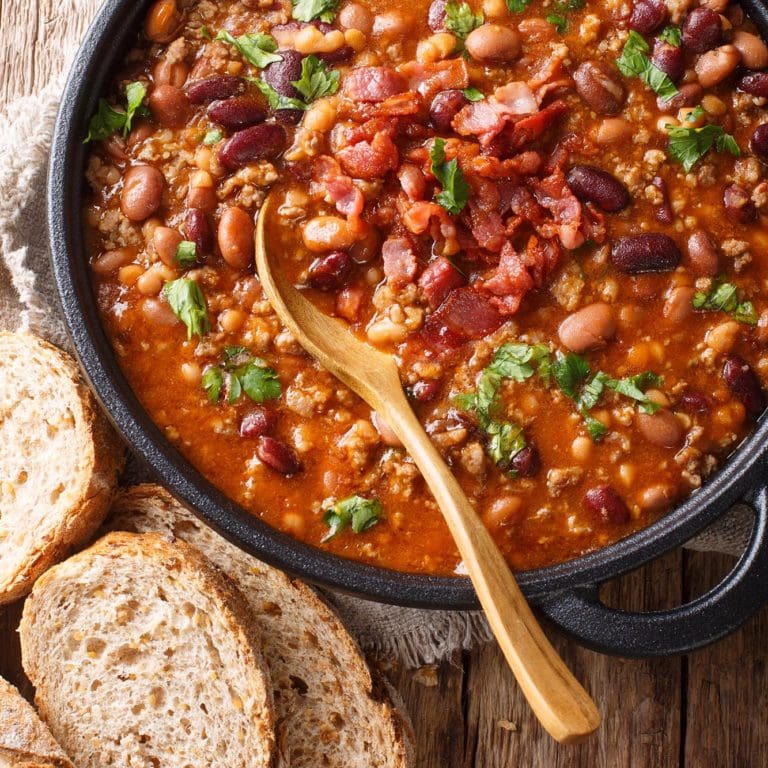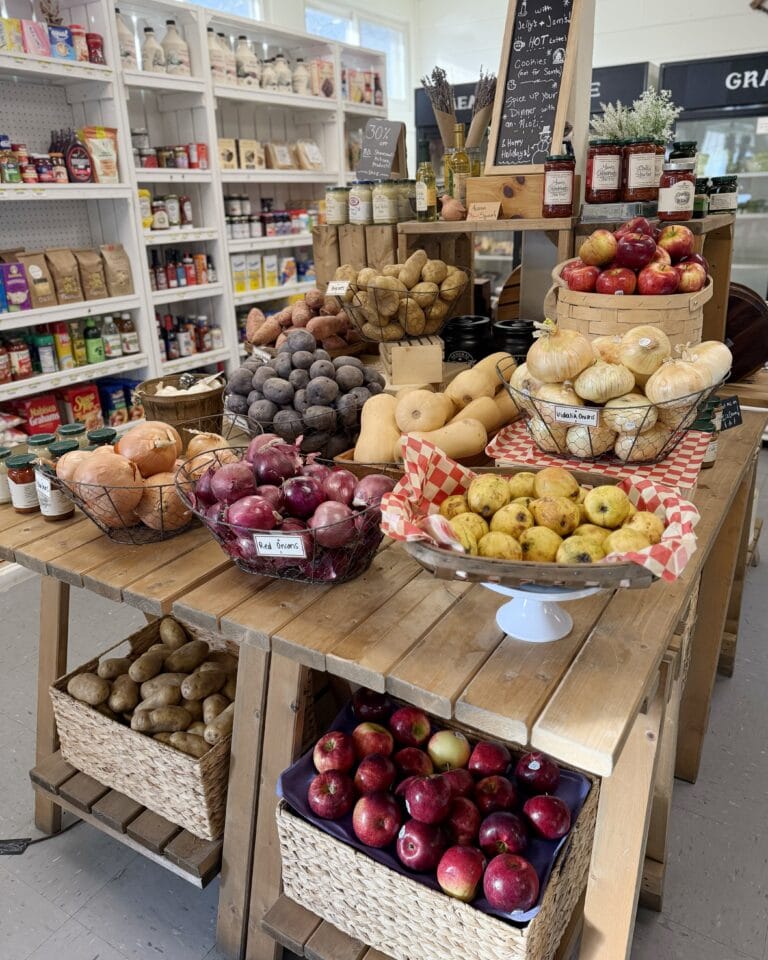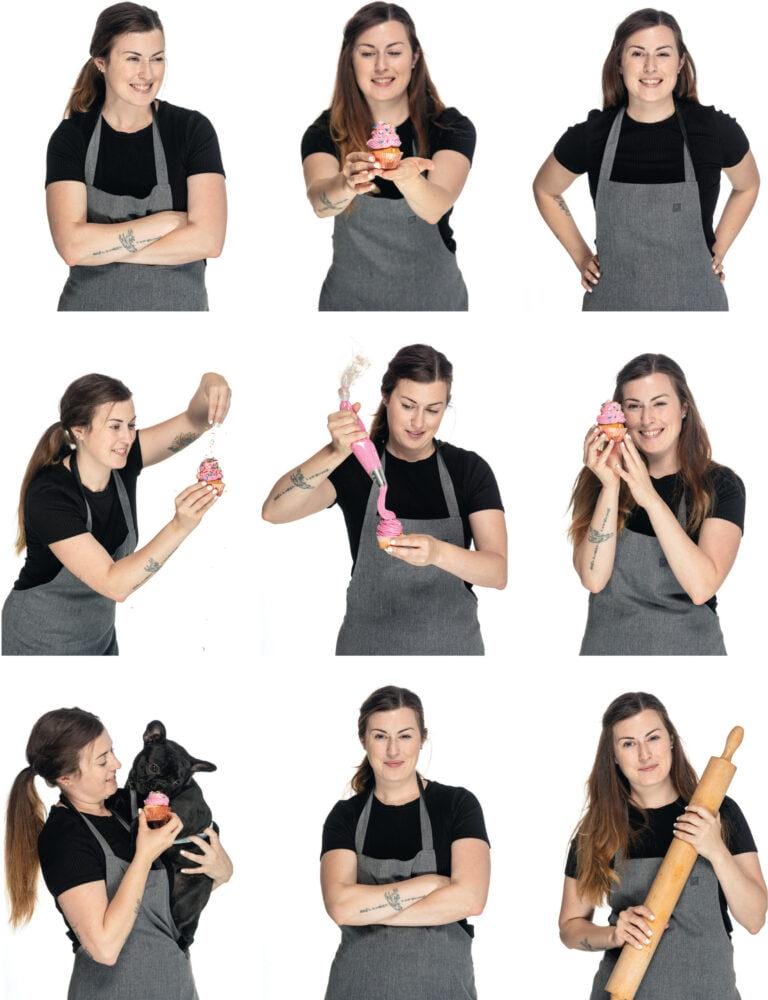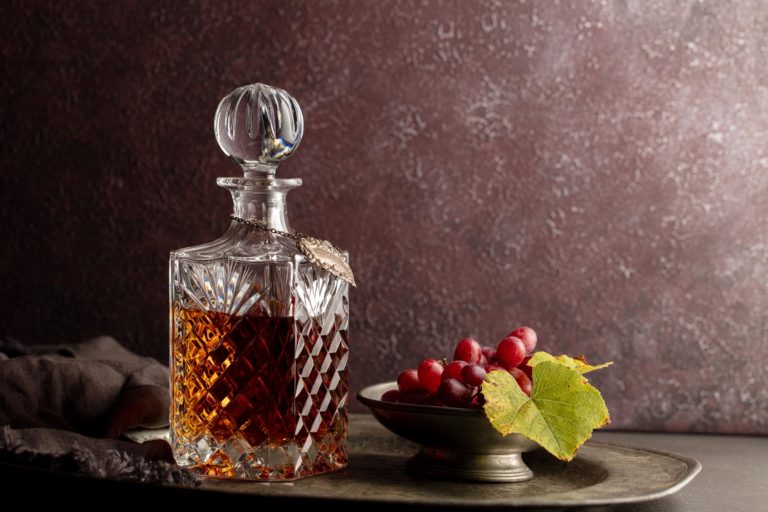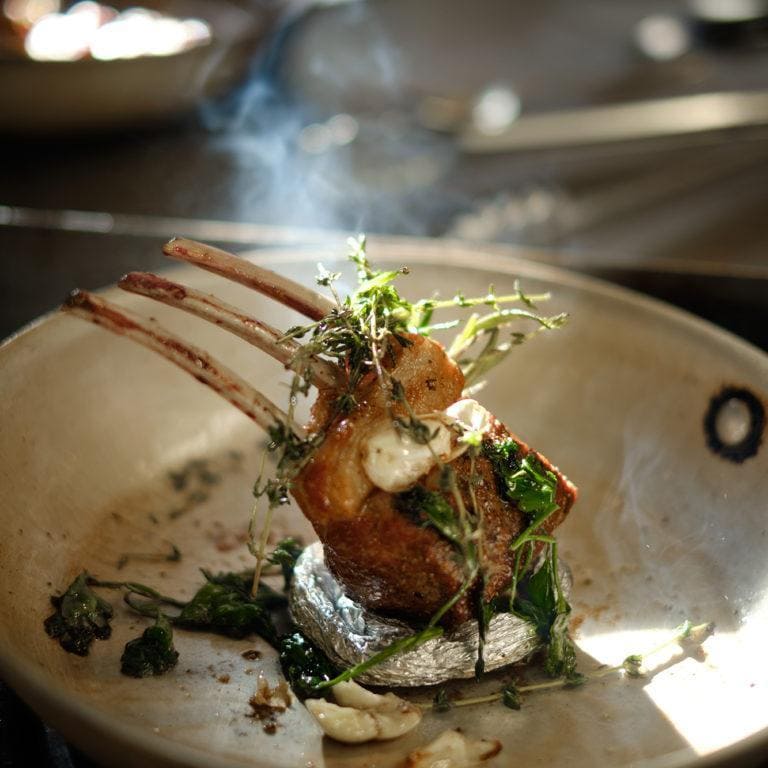The popularity of cannabis-infused beverages is on the rise around the world. Global sales of these beverages sat at $900 million in 2018 and are expected to rise to $2.8 billion by 2025, with analysts expecting the largest growth to happen in the U.S. Industry watchers say the growth is driven by new marijuana consumers—some of whom, looking for an alternative to alcoholic drinks, are latching onto a familiar form of consumption. After all, when was the last time you were at a social gathering where most of the folks had drinks in their hands? Why not swap out the alcohol for a cannabis-laced drinkable and avoid the hangover?
It’s at times like these, when I’m tasked with writing about a process like nanoemulsion and the role it plays in bringing next generation cannabis-infused beverages to the party, that I really wish I’d paid more attention in Mrs. Houk’s high school chemistry class.
Long used in the making of pharmaceuticals, dietary supplements, and cosmetics, nanoemulsification (aka miniemulsification) breaks down oily substances into minuscule particles so they can be easily and reliably ingested in water-based solutions. When we’re talking about cannabis, the oily substances are cannabinoids (like THC and CBD). And they are getting added to (and stay reliably suspended in) seltzers, non-alcoholic beer, and fruit-based mixers and elixirs being sold into Maine’s medical and recreational cannabis markets by companies like CLDZ, Keef, Shipyard Brewing (in partnership with Novel Beverage Co.), Squier’s Specialty Edibles, TRU Blooms Wellness and Wynk.
Zack Squier, founder of Portland-based Squier’s Specialty Edibles, manufactures a line of real fruit (plus organic, raw blue agave as a sweetener) products infused with solventless, full-spectrum, nanoemulsified cannabis. While he declines to provide details of the process as he is bound by non-disclosure agreements, Squier is quick to outline the main benefit of nanoemulsified cannabinoids: They are absorbed into the bloodstream very quickly.
“Our signature emulsion process creates a fast-acting onset,” he says. Through much testing and accounting for variables like a person’s size, metabolism, and most recent meal, “we can safely say our products usually hit within 5–15 minutes.”
That’s much faster than conventionally produced edible wait times, which range from 45 minutes to two hours. Proponents of nanoemulsified products say the quicker onset lets consumers better control their experience. Squier explains that nanoemulsified cannabis also leaves a system faster too, “so you won’t have that ‘edible hangover’ that you can get from a lingering brownie in your belly the next morning.”
Squier, who is also a chef, has concocted flavor combinations that include Maine blueberry and lemon, raspberry lime, mandarin mango and pink pineapple (which took first place in the beverage category of the New England 2022 Harvest Cup cannabis competition) that are available year-round. Seasonal flavors, like strawberry rhubarb, rotate in and out of the lineup. These products are sold into the recreational market in two form factors: one-ounce bottles that contain 5 mg THC per tablespoon, and higher dose 2-ounce bottles that contain 25 mg THC per tablespoon.
Click HERE for a brunch cocktail featuring Squier’s Specialty Edibles’ Pink Pineapple Elixir.
For information, go to squiersedibles.com.







